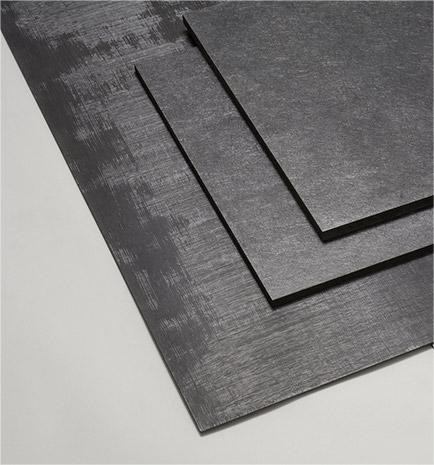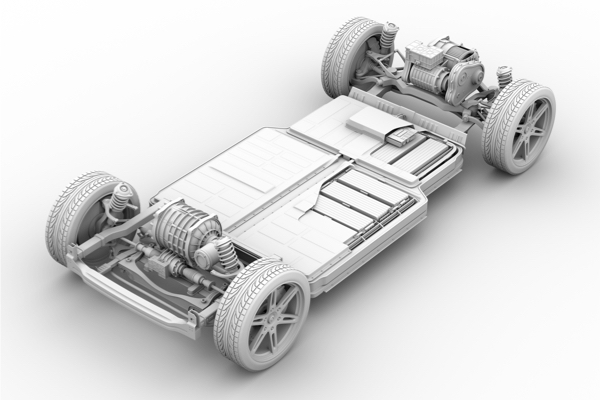
- English
- Español
- Português
- русский
- Français
- 日本語
- Deutsch
- tiếng Việt
- Italiano
- Nederlands
- ภาษาไทย
- Polski
- 한국어
- Svenska
- magyar
- Malay
- বাংলা ভাষার
- Dansk
- Suomi
- हिन्दी
- Pilipino
- Türkçe
- Gaeilge
- العربية
- Indonesia
- Norsk
- تمل
- český
- ελληνικά
- український
- Javanese
- فارسی
- தமிழ்
- తెలుగు
- नेपाली
- Burmese
- български
- ລາວ
- Latine
- Қазақша
- Euskal
- Azərbaycan
- Slovenský jazyk
- Македонски
- Lietuvos
- Eesti Keel
- Română
- Slovenski
- मराठी
- Srpski језик
Application of carbon fiber composite
2024-11-11

Carbon fiber (CF) is a type of fibrous material that contains over 95% carbon. It boasts excellent physical and chemical properties, including low density, high strength, resistance to extreme temperatures, good electrical and thermal conductivity, strong wave transmission, and a low friction coefficient. As a high-performance composite material, carbon fiber holds great potential and advantages in the field of new energy.
The advantages of carbon fiber applications in new energy include:
1. Lightweight: Carbon fiber has a low density, typically around 1.6 g/cm³, which is less than half the density of high-strength steel.
2. High Strength and Modulus: The tensile strength of carbon fiber is more than double that of aluminum alloy, providing exceptional strength and stiffness.
3. Corrosion Resistance: The chemical properties of carbon are stable, eliminating the need for surface anti-corrosion treatments, and offering excellent aging resistance.
4. Customizable Design: By altering the arrangement of carbon fibers, the number of layers, and the type of resin used, the mechanical properties of carbon fiber composites can be tailored to meet specific requirements for various new energy applications.
5. Thermal Stability: Carbon fiber composites maintain their performance in environments with significant temperature fluctuations, as they do not expand or contract excessively with temperature changes.
6. High Impact Resistance: With its impressive impact resistance, carbon fiber can enhance safety in applications such as automobile manufacturing, where cockpits made from carbon fiber can reduce weight while significantly improving collision safety.
7.Improved Energy Efficiency: In the realm of natural gas, carbon fiber composite gas cylinders offer enhanced damage safety. In power transmission, carbon fiber composite wires can increase the efficiency of electrical energy transfer.
Application of Carbon Fiber in the Field of New Energy
With the continuous development of new energy technology, carbon fiber—a lightweight and high-strength material—is increasingly being utilized in various areas of new energy, including electric vehicles, wind power generation, solar power generation, and gas cylinders.
Application in New Energy Vehicles
Electric vehicles represent the future of automobile development, and carbon fiber plays a significant role in this transition. Since new energy vehicles rely solely on motors and batteries rather than fuel engines, material selection prioritizes lightweight properties and ease of production. The focus on lightweight design mainly targets two key areas: the vehicle frame and the energy storage device. Carbon fiber is increasingly used for the body and chassis of electric vehicles, as well as for battery enclosures and motor components.

Application of Carbon Fiber in Solar Power Generation
Solar power generation is a clean energy source, and the use of carbon fiber in this sector is expanding. Carbon fiber can be incorporated into the manufacturing of solar panels, solar trackers, and solar collectors, enhancing their performance and durability.
Application of Carbon Fiber in Wind Power Generation
Wind power generation is another area focused on clean energy, and the application of carbon fiber is growing in this field as well. Utilizing carbon fiber to create longer and lighter blades can significantly improve the power output and efficiency of wind turbines. Additionally, carbon fiber is used in constructing wind turbine towers and nacelles.
Overall, carbon fiber's unique properties make it a valuable material in advancing new energy technologies.
Semicorex offers high-quality carbon fiber composite products. If you have any inquiries or need additional details, please don't hesitate to get in touch with us.
Contact phone # +86-13567891907
Email: sales@semicorex.com




